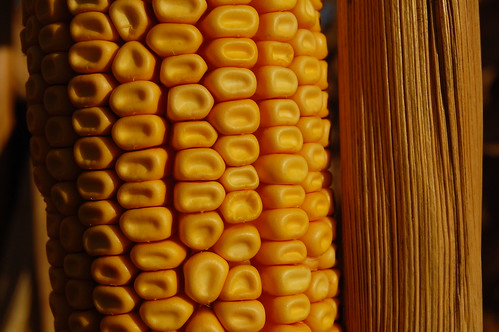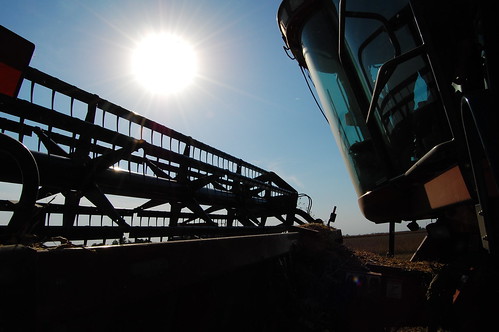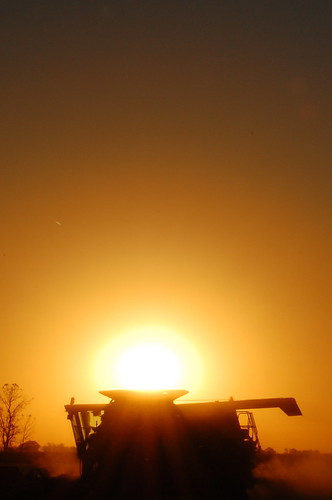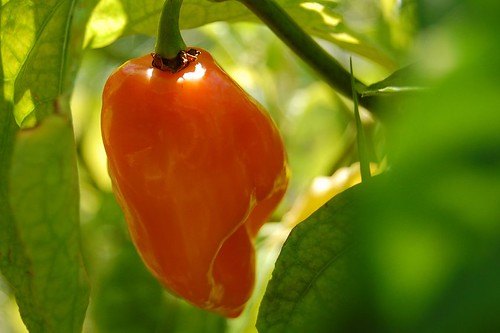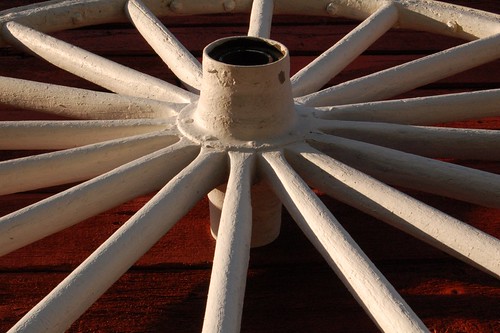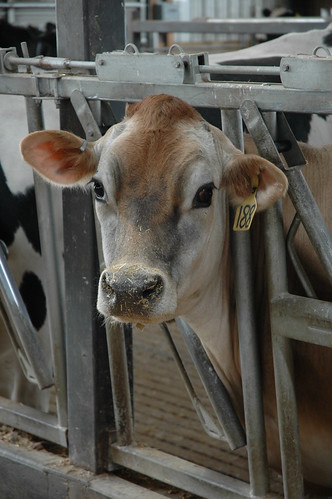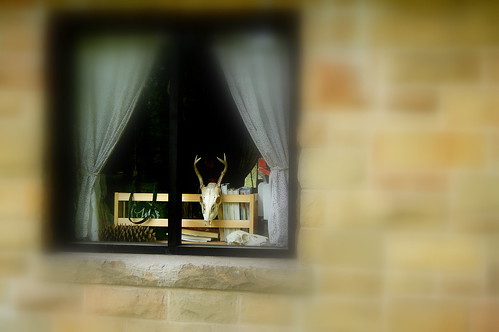| From 2011_CT_temperament |
But Biedzycki's bullet point set up an entire afternoon talking about equine temperament based on conditioning your horse to a wide range of activities and events that can payoff in emergency and injury treatment situations. And yes, exposing horses to a wide range of hoses, buckets, noises, flapping, flying things can produce a better and safer ride, said Lori Wegner, Interlace LLC, Springfield, IL.
The relationship between humans and horse starts out uneasy; horses have the instinctual mind of a prey animal and humans have as a foundation the mind of a predator. A horse has to overcome its instincts and learn to trust its human in a wide range of situations.
“Resistance (by the horse) is usually found in some kind of physical or mental restriction,” Wegner said. A classic example of resistance is loading horses into a trailer. Many horses don’t want to load and overcoming that resistance requires uncovering the mental restrictions the horse may have to loading.
“Dr. Biedzyski spoke about how temperament can affect your decisions about what you’re going to do with an injured horse,” she said. “He’s right. So isn’t the time to start working on your horse’s temperament when there isn’t an emergency?”
For example, some hoof injuries can require soaking the hoof in a solution. If your horse will willingly put its hoof in a bucket or barrel, you’re ahead of the healing process because you can make the horse step in the bucket without a struggle to begin with.
If your horse is likely to fight every phase of every treatment because it’s frightened of being handled, it’s going to be hard to do everything that’s needed. A horse that rejects handling has a poorer prognosis than an animal that accepts the treatments.
“And what about an emergency?” Wegner asked. “How your horse acts if it gets its leg stuck in a fence can determine how badly it’s hurt or if it’s hurt at all.”
The instinctive reaction for a horse with its hoof stuck in a fence is to start pulling and thrashing around to get loose. Training your horse to not panic if its foot is stuck means actually working with the animal while everything is calm and normal.
“Get out and play with your horse,” she said. “Put a rope loop around its hoof and tighten it up. Work slowly. When the horse gives you the behavior you’re looking for release it. Keep going a little at a time.”
“Play” can help you with any number of practical horse chores. Deworming involves sticking a threatening-looking tube in the horse’s mouth and administering something that doesn’t taste good. Start getting your horse used to the applicator by holding it in your hand and letting the horse smell it.
Gradually begin to put the applicator syringe near the horse’s mouth. Once that’s okay with the horse take it away. Next, go a little more into the mouth. Leave the applicator in one place until the animal accepts it there and then remove it. Keep gradually introducing the deworming applicator until your horse lets you put it in and take it out.
“If you get your horse used to the syringe when you don’t have to give them dewormer, then when the day come for you to give them the dewormer it should go a lot better,” Wegner said.
Training a horse for the unusual is different from training for a discipline such as barrel racing, jumping or other equine athletic activity. Wegner may call it “playing” with your horse but the investment can be as rewarding as clearing any hurdle.




